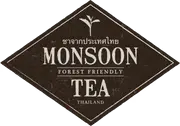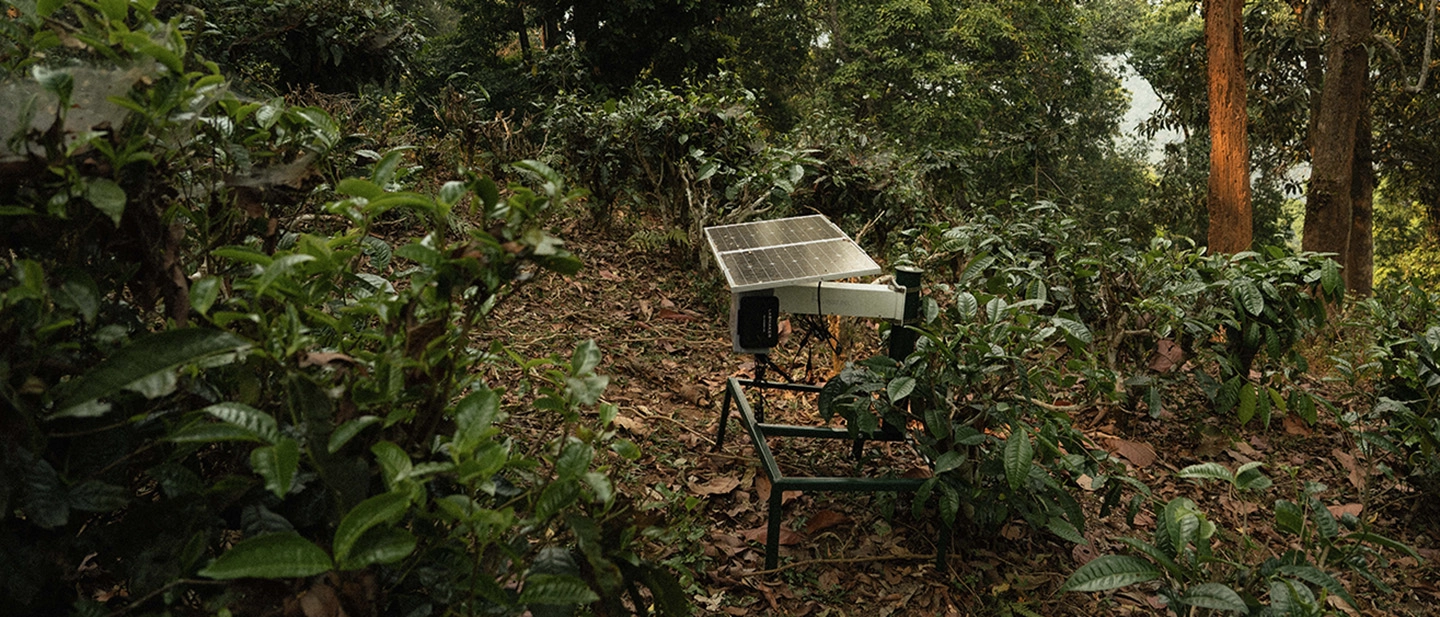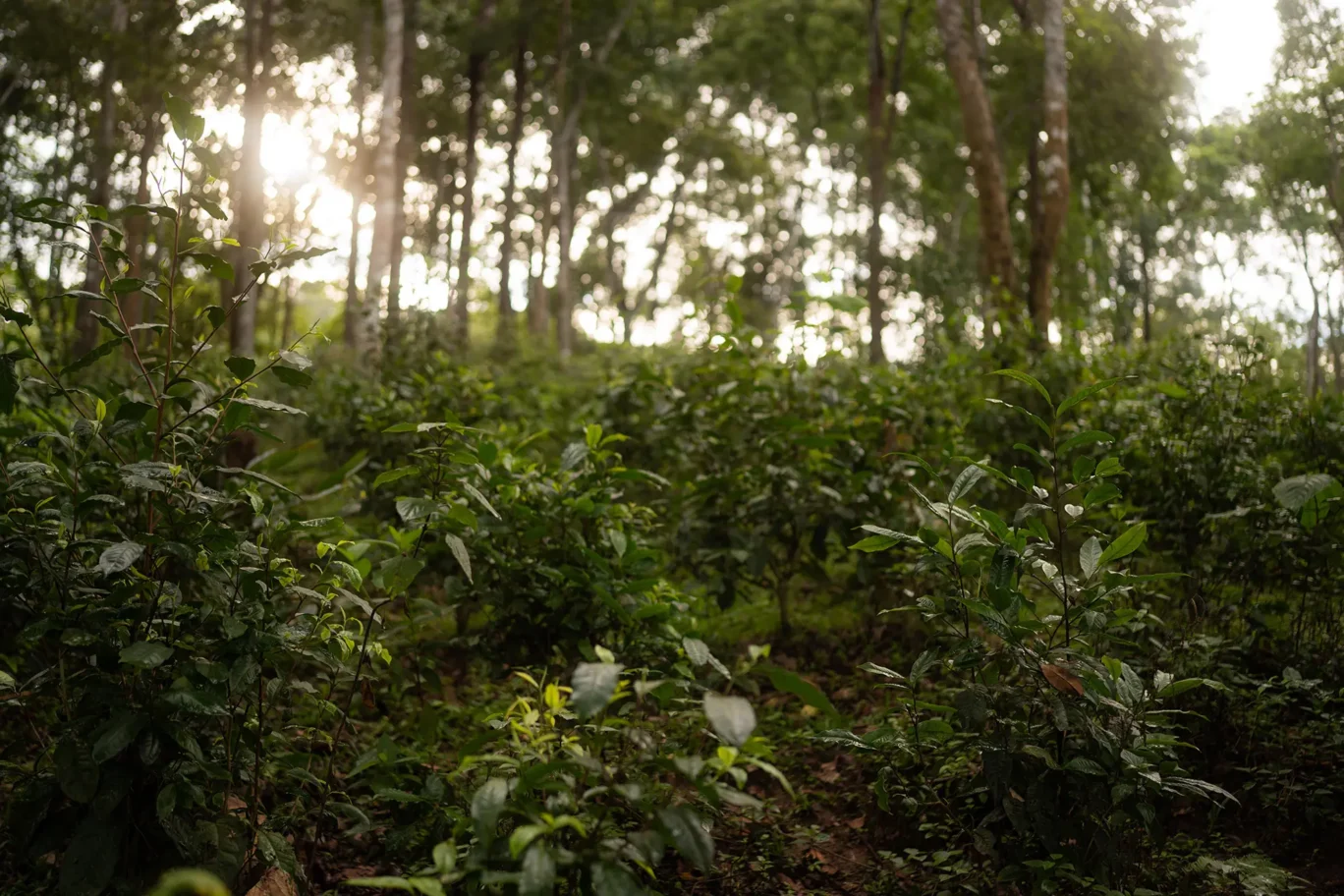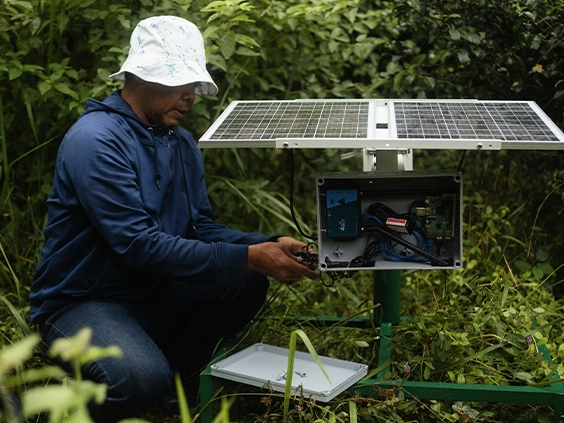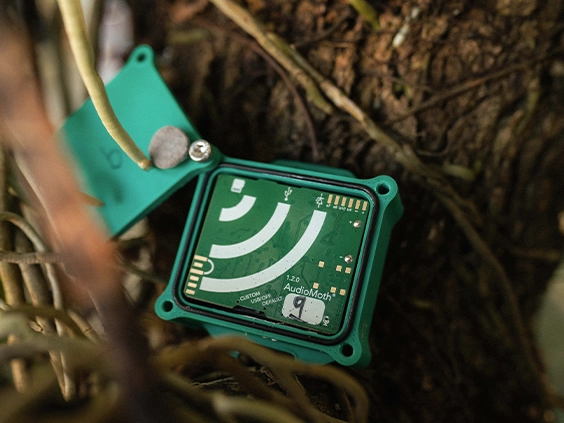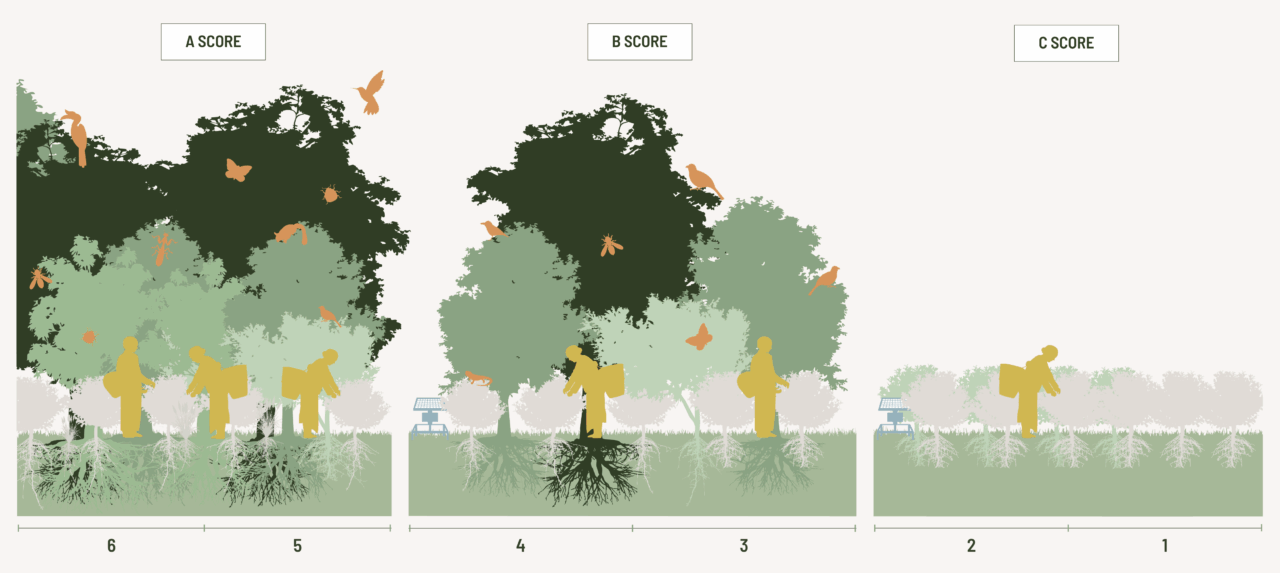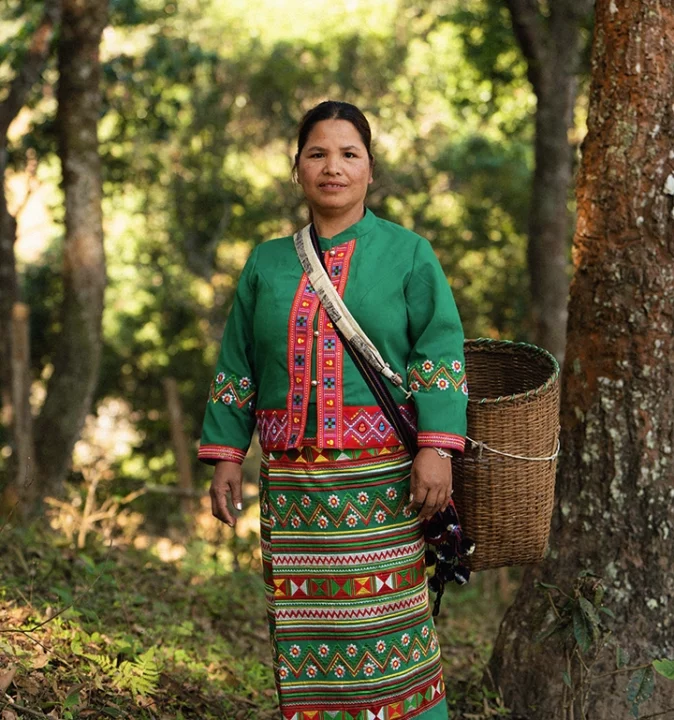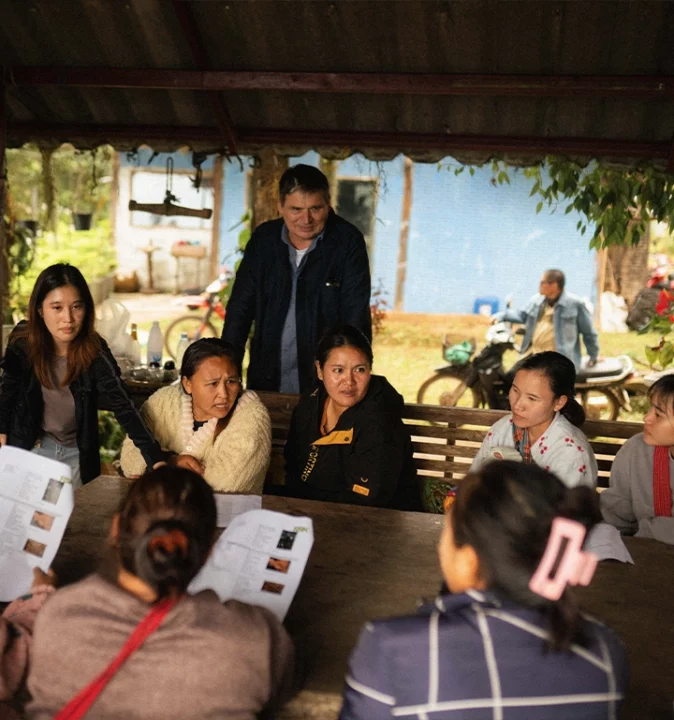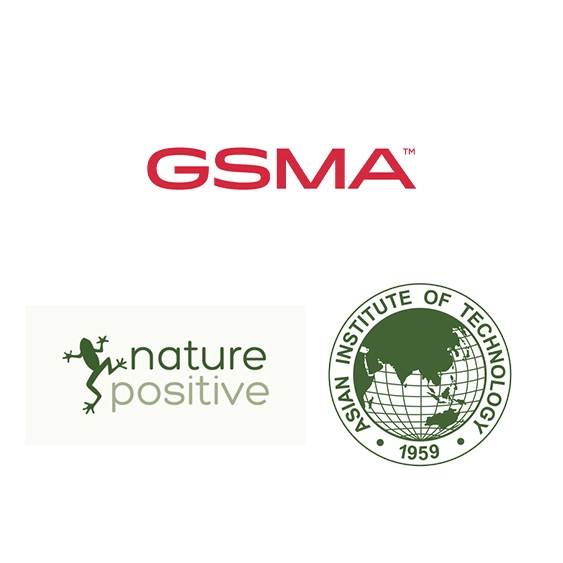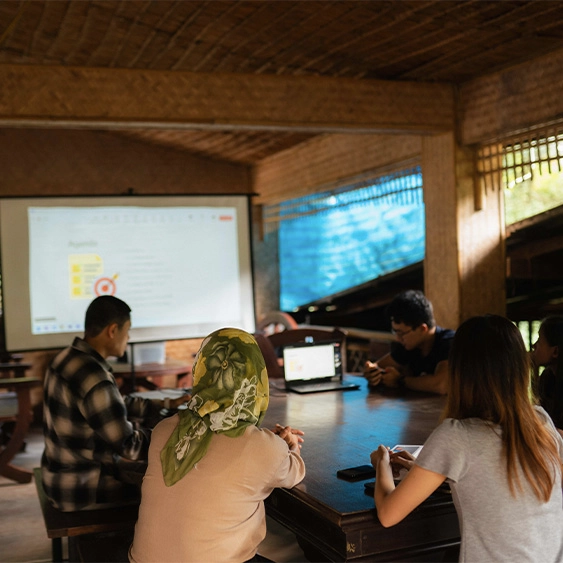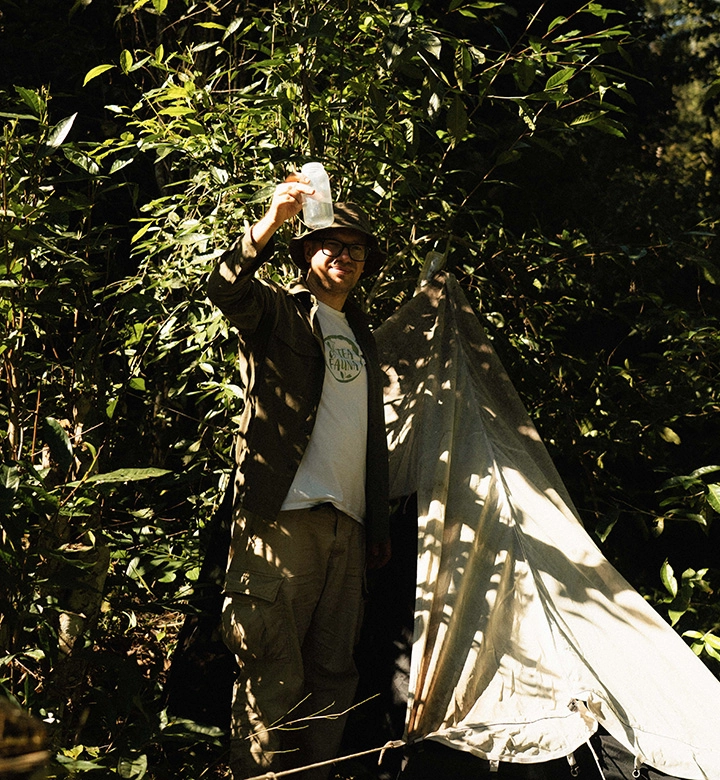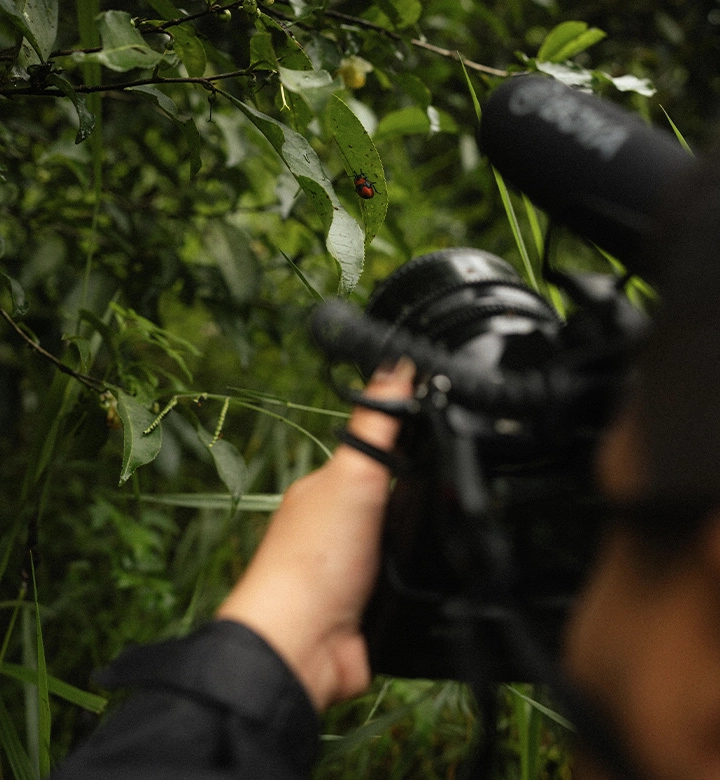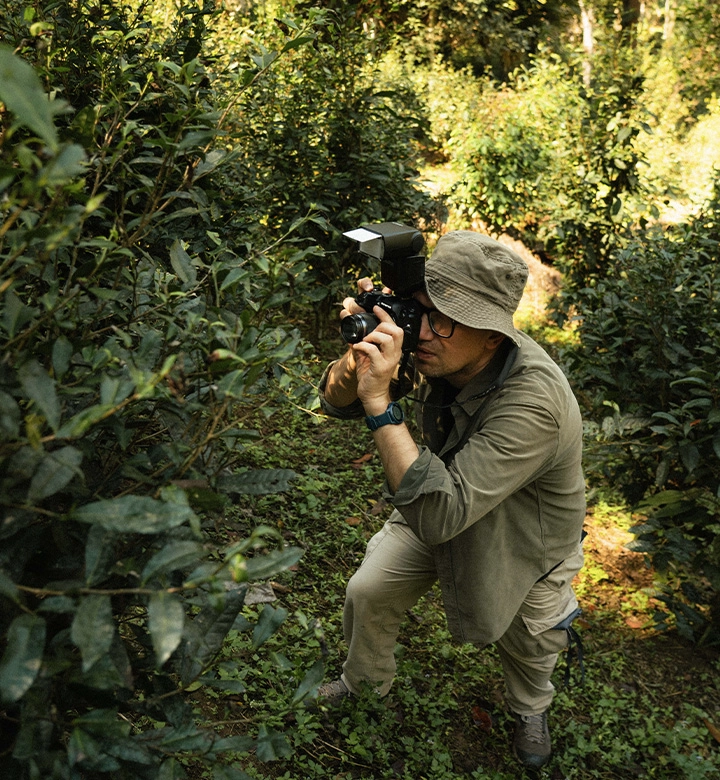Created as a collaboration between russian entomologist Alexey Reshchikov and Monsoon Tea, The Tea Fauna Project is focused on studying biodiversity associated with tea plant species across Southeast Asia. By documenting and studying the different species of animals living around tea, we aim to spread information and in the future create a platform where tea farmers and tea lovers across the world can learn about what creatures that live amongst their tea and how changes in the ecosystem affect interspecies interactions.
We strongly believe that nature always know best, and by learning as much as possible on how tea plants affects biodiversity we can do continue doing what’s best for nature.
